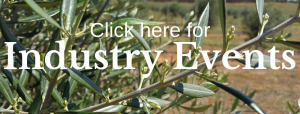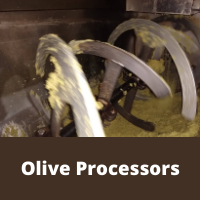
Developments in the regulatory oversight of crop protection chemicals are communicated via regular Ag Chemical Updates produced by the Hort Innovation-funded project Regulatory support and co-ordination (pesticides) (MT20007).
The updates provide a summary of the various regulatory issues and chemical reviews currently underway both locally and internationally. The latest update, published in December, is available here, along with recently updated agrichemical regulatory risk assessments for each industry.
Active chemical review of chlorpyrifos
The National Regulatory Update section includes details on the active chemical review of chlorpyrifos by the Australian Pesticides and Veterinary Medicines Authority (APVMA).
Preliminary review decisions on chlorpyrifos and its future in Australian horticulture have been published, with key risk areas identified as crop residues, potential trade impacts, and worker and environmental exposure. There are residue trial data gaps for a number of crops, including some vegetables, tree and vine crops, following use of chlorpyrifos.
The APVMA has indicated that its use on major export commodities such as citrus, grapes, pome fruit and stone fruit was not supported, based on potential risks to international trade. This is a consequence of maximum residue levels (MRLs) being deleted in various export markets. The only potential exception was where chlorpyrifos is applied during dormancy, as residues are not expected in harvested fruit.
In terms of potential worker exposure, the majority of uses failed the risk assessments. This is primarily due to the rates applied – e.g. when applying rates of 250‐400 g ai/ha in vegetables or
when spraying at 250 g ai/ha (500 mL/ha) with airblast equipment in tree and vine crops.
The final determining factor was the environmental risk assessment, in which the APVMA concluded that chlorpyrifos is toxic to birds and wild mammals, very toxic to aquatic life and highly toxic to bees. Based on the environmental risk assessments it was indicated that use as a cover spray at 350 g ai/ha
(700 mL/ha) or above, or as a band application at 400 g ai/ha (800 mL/ha) in field crops or 250 g
ai/ha in tree crops, could not be supported.
Submissions and responses to the preliminary review decisions are invited, with a closing date of 11 March.
View the APVMA Chlorpyrifos information page here and the Chlorpyrifos Review Technical Report here.
Latest minor use permits
New minor use permits have also recently been issued by the Australian Pesticides and Veterinary Medicines Authority (APVMA). You can view and download the new permits here.



